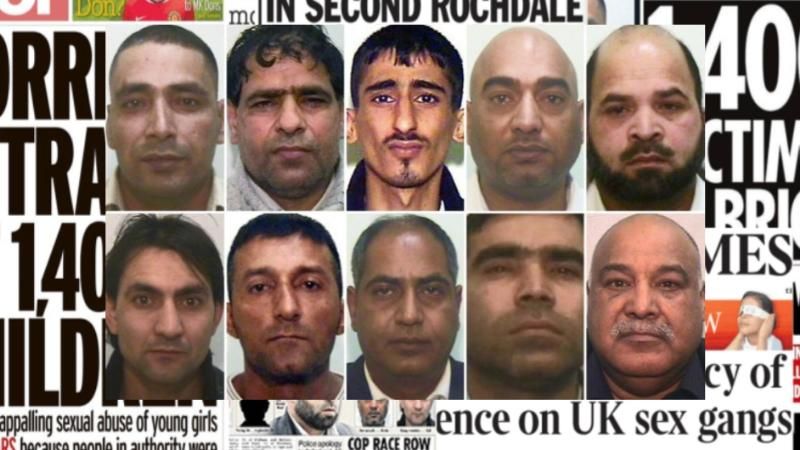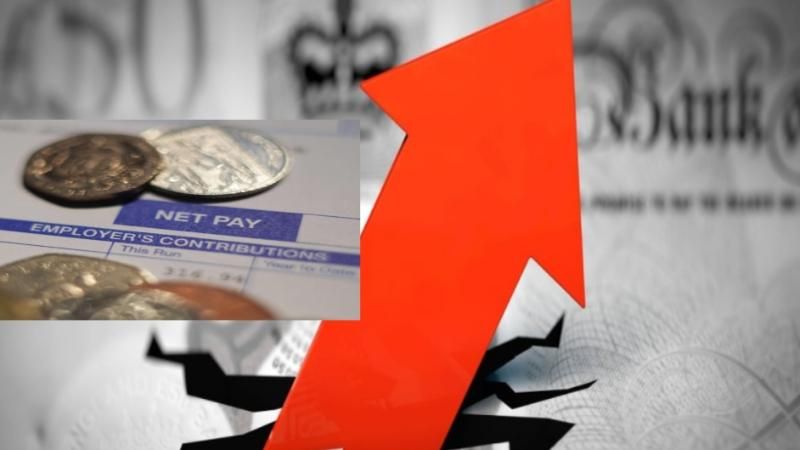London's bustling Oxford Street is on the cusp of a major transformation, with Mayor Sadiq Khan announcing definitive plans to ban vehicles from a significant stretch of the iconic shopping destination. The move, aimed at revitalising the area and improving air quality, is set to be implemented "as quickly as possible," backed by what Khan describes as "the vast majority of Londoners." However, beneath the celebratory facade, a growing unease ripples through the city's diverse community of taxi drivers, particularly those from British Bangladeshi, Indian, and Pakistani South Asian backgrounds who predominantly operate Uber executive services. They fear the pedestrianisation will further decimate their livelihoods, already struggling in a competitive market, Daily Dazzling Dawn understands.
The Mayor's office points to compelling statistics to justify the decision. A recent consultation revealed 66% support for the pedestrianisation plan, echoed by a separate YouGov survey in September 2024 showing 63% of Londoners in favour. Oxford Street, attracting around half a million visitors daily, is undeniably a prime candidate for such a change, promising a more pleasant and accessible experience for shoppers and tourists.
The proposed ban will initially cover a 0.7-mile stretch between Oxford Circus and Marble Arch, with potential future extensions towards Tottenham Court Road. Detailed traffic proposals are expected later this year. This latest push for pedestrianisation follows a failed attempt by Sir Sadiq in 2018, which was thwarted by the then-Conservative-controlled Westminster City Council. This time, the Mayor's plans hinge on gaining permission from Deputy Prime Minister Angela Rayner, in her capacity as Secretary of State for Housing, Communities and Local Government, to establish a new Mayoral Development Corporation. This entity would grant the Mayor enhanced planning powers, with the aim of its creation by early next year.
A Vision for a "World-Class" High Street
Sir Sadiq Khan articulated his vision for a revitalised Oxford Street, stating: “Oxford Street has suffered over many years, so urgent action is needed to give our nation’s high street a new lease of life. It’s clear that the vast majority of Londoners and major businesses back our exciting plans, so I’m pleased to confirm that we will now be moving ahead as quickly as possible. We want to rejuvenate Oxford Street; establish it as a global leader for shopping, leisure and outdoor events with a world-class, accessible, pedestrianised avenue. This will help to attract more international visitors and act as a magnet for new investment and job creation, driving growth and economic prosperity for decades to come.”
Deputy Prime Minister Angela Rayner expressed her support, adding: “We want to see Oxford Street become the thriving place to be for tourists and Londoners alike, and that’s why we welcome the Mayor of London’s bold proposals to achieve that. We will support the mayor in delivering this ambitious vision, which will help to breathe new life into Oxford Street – driving investment, creating new jobs for local people and providing a boost to economic growth in the capital.”
Adam Hug, leader of the now Labour-controlled Westminster City Council, acknowledged the Mayor's decision as "far from unexpected" and pledged constructive collaboration. He highlighted Oxford Street's post-pandemic recovery, noting that existing brands have invested £118 million in refitting stores in the last year alone, demonstrating strong retail confidence.
The Unseen Toll: Fears of London's South Asian Taxi Drivers
While the official narrative focuses on economic growth and improved urban spaces, a significant and often overlooked segment of London's workforce views these changes with deep apprehension: the city's British Bangladeshi, Indian, and Pakistani South Asian Uber executive taxi drivers.
These drivers, many of whom have invested heavily in executive vehicles to secure a niche in the market, heavily rely on high-volume, premium fares. Oxford Street, as a major retail and tourist hub, has historically been a lucrative area for them, providing a steady stream of clientele from luxury hotels, department stores, and business districts. The impending ban on vehicular traffic in such a central and vital area is perceived as a direct threat to their already precarious livelihoods.
"We are already struggling with rising fuel costs, ULEZ charges, and intense competition," lamented one British Bangladeshi Uber executive driver, who wished to remain anonymous. "Oxford Street was a guaranteed source of income for us, especially with visitors who need comfortable, direct transport. Where will these fares go now? Will people walk further, or will they simply choose other modes of transport that don't involve our services?"
The concerns are multifaceted:
Loss of Direct Access: The inability to drop off or pick up passengers directly on Oxford Street will force drivers to navigate surrounding, often congested, side streets. This adds time, reduces efficiency, and may deter customers seeking convenience.
Reduced Demand: Tourists and high-end shoppers, who often prefer executive taxis for comfort and baggage, might opt for the Underground or buses if direct access is removed.
Increased Congestion Elsewhere: Displaced traffic from Oxford Street is likely to spill onto neighbouring roads, leading to increased journey times and further operational challenges for drivers.
Economic Strain: For many, particularly within the South Asian community, driving an executive taxi is a primary source of income for their families. A significant drop in earnings could have severe repercussions, including debt and financial insecurity.
Lack of Consultation: Many drivers feel their voices have not been adequately heard in the planning process, despite being directly impacted by such widespread traffic changes.
The Greater London Authority and Westminster City Council have indicated that detailed proposals will address issues like re-routing bus routes, facilitating taxi access, and considering delivery and servicing for businesses. However, the specifics of "facilitating taxi access" remain a major concern for drivers who fear it will not adequately compensate for the loss of direct access to one of London's busiest pedestrian areas.
As London moves closer to realising its vision for a pedestrianised Oxford Street, the focus will undoubtedly be on the promised economic boom and enhanced public realm. Yet, the anxieties of those whose livelihoods are intrinsically linked to the city's intricate transport network serve as a stark reminder that urban regeneration, while beneficial for many, can also cast a long shadow of uncertainty over others. The true success of this ambitious project will ultimately be measured not just by footfall and investment, but also by how effectively it mitigates the negative impacts on those who keep London moving.







.svg)

_1.jpg)